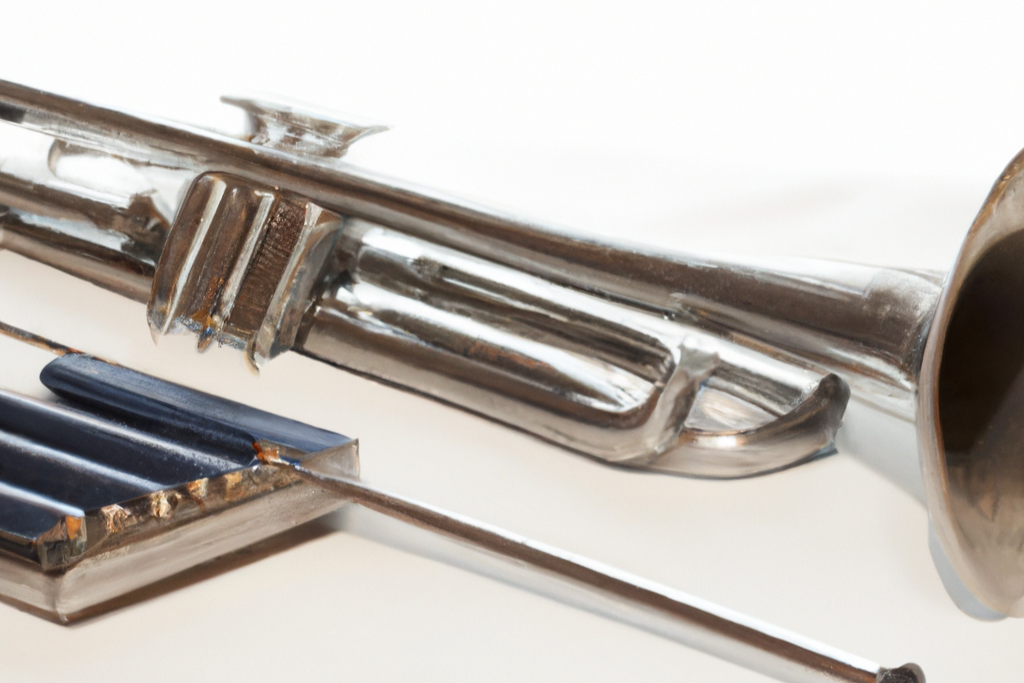
Jazz trumpet is a realm of expressive freedom, where spontaneity and creativity intertwine to craft soulful melodies and intricate improvisations. In this exploration of the art of jazz trumpet, we’ll delve into the foundations of improvisation, scales, and stylistic elements that define this unique and dynamic musical genre.
Understanding Improvisation in Jazz
At the heart of jazz lies improvisation, the spontaneous creation of musical ideas within the context of a performance. For trumpet players, mastering the art of improvisation involves embracing a language of melodic invention, responding to the moment, and contributing to the collaborative conversation within the ensemble.
Building Blocks: Scales and Modes
Scales form the vocabulary of jazz improvisation. Familiarity with various scales and modes provides the melodic and harmonic foundation for creating engaging solos. Major scales, minor scales, blues scales, and modes like Dorian and Mixolydian are essential building blocks. Experiment with these scales in different keys and contexts to expand your improvisational repertoire.
Harmonic Progressions and Chord Changes
Jazz often features complex harmonic progressions and rapid chord changes. Developing the ability to navigate these progressions seamlessly is crucial for a jazz trumpeter. Practice recognizing common chord progressions and understanding how scales and modes relate to specific chords. This knowledge empowers you to make informed choices during improvisation.
Rhythmic Diversity and Phrasing
Jazz is renowned for its rhythmic diversity and the emphasis on expressive phrasing. Experiment with syncopation, swing rhythms, and varied note durations to add texture to your improvisations. Pay attention to articulation and use techniques like staccato or legato playing to shape your phrases. Rhythmic ingenuity is a hallmark of compelling jazz trumpet improvisation.
Call and Response: Engaging with the Ensemble
In jazz, improvisation often involves a dynamic exchange with other members of the ensemble. The call-and-response technique creates a musical dialogue, where your improvisation responds to and interacts with the phrases of other musicians. Listen attentively to your fellow performers, allowing the conversation to shape the direction of the music.
Embracing the Blues Influence
The blues is a foundational element in jazz, and its influence permeates improvisation. Incorporate blues scales, bends, and expressive techniques into your jazz trumpet vocabulary. The blues provides a raw, emotional quality that adds depth and authenticity to your improvisational style.
Listening and Transcribing Jazz Masters
Immersing yourself in the recordings of jazz trumpet masters is an invaluable part of your journey. Listen to the nuances of their improvisations, study their phrasing, and transcribe solos to understand their approach. Jazz is an oral tradition, and learning directly from the masters enhances your ability to internalize the language of the genre.
Cultivating Personal Style and Expression
While learning from jazz legends is essential, it’s equally important to cultivate your unique voice as a jazz trumpeter. Experiment with different approaches, infuse your cultural influences, and let your personality shine through in your improvisations. Your personal style is what makes your contributions to the jazz conversation distinctive.
Live Performance and Jam Sessions
The true essence of jazz is experienced in live performances and jam sessions. Embrace opportunities to play with other musicians, adapting to the spontaneous nature of jazz improvisation. The synergy of a live setting fuels creativity and allows you to test and refine your improvisational skills in real time.
Conclusion: Jazz Trumpet as a Continuous Journey
Navigating the art of jazz trumpet and improvisation is a continuous journey of exploration and growth. As you delve into scales, harmonic progressions, rhythmic diversity, and the collaborative spirit of jazz, embrace the spontaneity that defines this genre. Let your trumpet become a vessel for personal expression within the rich tapestry of jazz, and may your improvisations resonate with the spirit of this dynamic and ever-evolving musical tradition.
